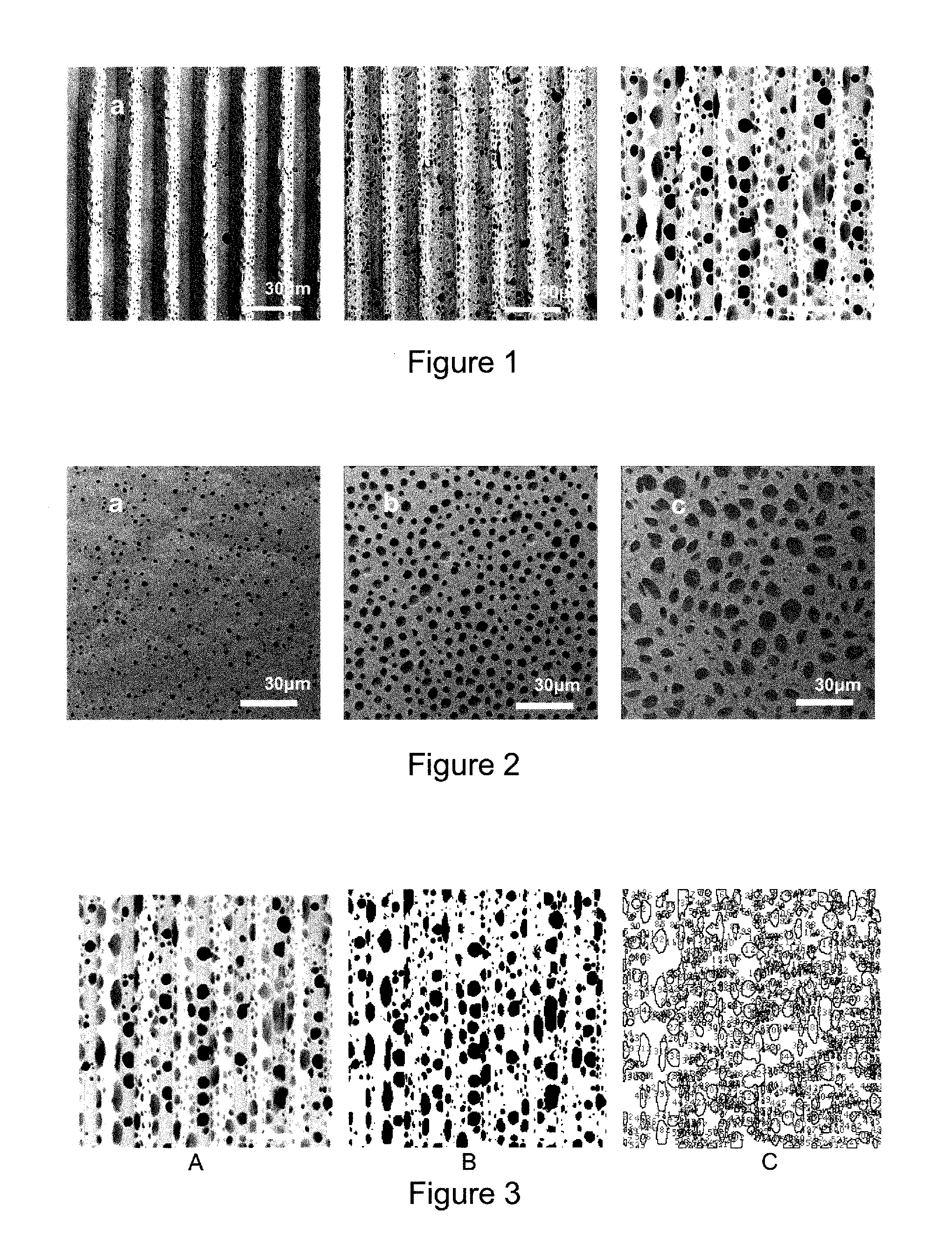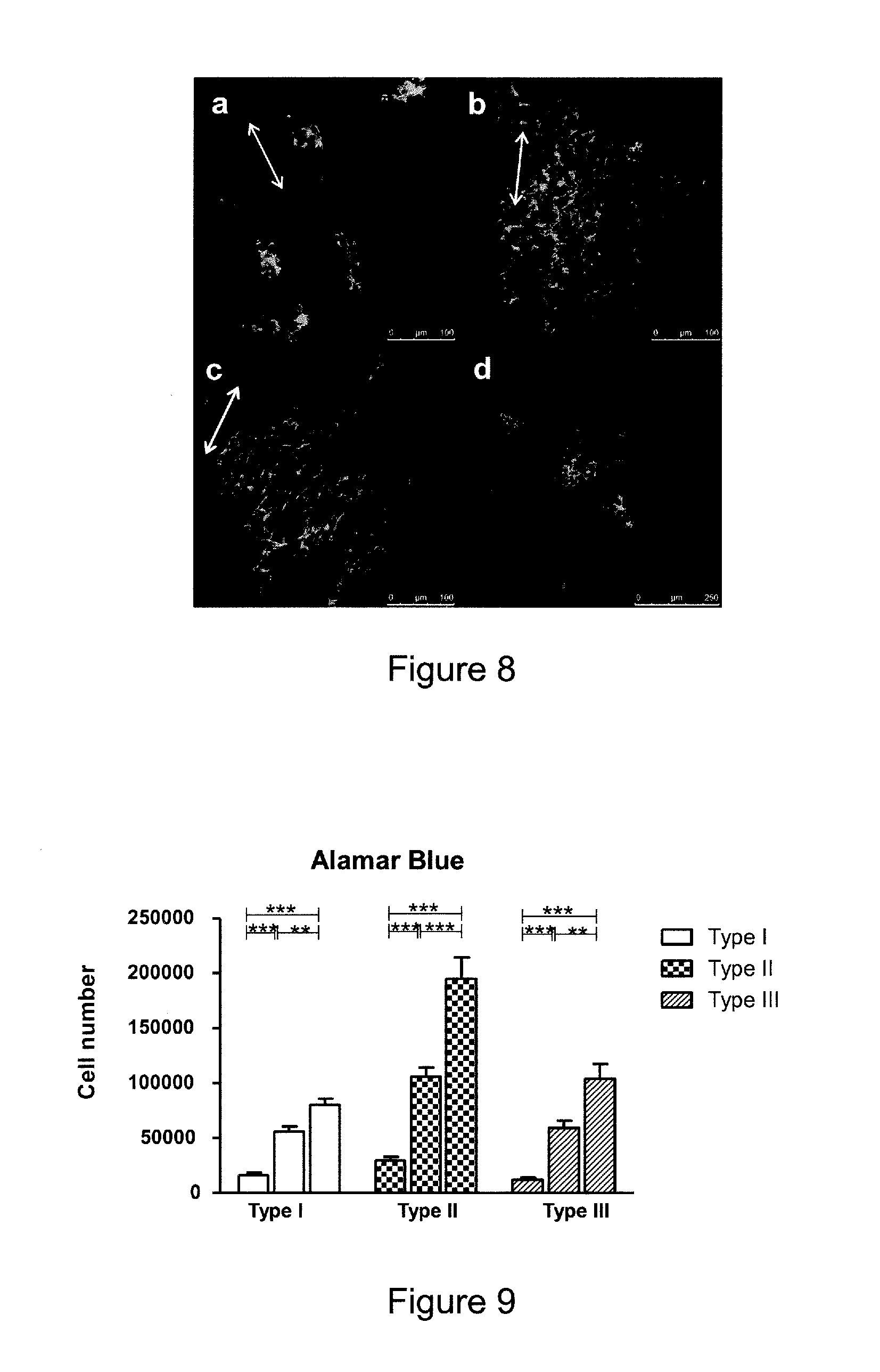Medical device
- Summary
- Abstract
- Description
- Claims
- Application Information
AI Technical Summary
Benefits of technology
Problems solved by technology
Method used
Image
Examples
Embodiment Construction
Definitions
[0134]The term “scaffold” as used herein is well known to the skilled reader. In particular, a scaffold in the context of the present invention is a structure adapted for peripheral nerve growth. Suitably the scaffold promotes or enhances peripheral nerve growth.
[0135]The term “pit” as used herein means a closed-end pore or “blind” hole. In short, a “pit” as used herein does not extend all of the way through the thickness of the scaffold. For example, when the scaffold is a tubular conduit, a “pit” as used herein does not extend all the way through the thickness of the tubular conduit wall. Suitably, the pit may extend not more than 50% through the thickness of the conduit wall, for example, not more than 40%, 30%, 20%, 10%, or 5% through the thickness of the conduit wall.
[0136]The term “microgroove” as used herein means a groove having a width of at least 1 μm. In this connection, the skilled reader will understand “groove” to include elongate channels and trenches forme...
PUM
| Property | Measurement | Unit |
|---|---|---|
| Length | aaaaa | aaaaa |
| Length | aaaaa | aaaaa |
| Length | aaaaa | aaaaa |
Abstract
Description
Claims
Application Information
 Login to View More
Login to View More - R&D
- Intellectual Property
- Life Sciences
- Materials
- Tech Scout
- Unparalleled Data Quality
- Higher Quality Content
- 60% Fewer Hallucinations
Browse by: Latest US Patents, China's latest patents, Technical Efficacy Thesaurus, Application Domain, Technology Topic, Popular Technical Reports.
© 2025 PatSnap. All rights reserved.Legal|Privacy policy|Modern Slavery Act Transparency Statement|Sitemap|About US| Contact US: help@patsnap.com



